Construction machinery is built to withstand tough conditions and heavy use. However, even the most durable machines require regular maintenance and replacement of certain parts to keep them running smoothly. In this post, we’ll take a look at some of the most commonly replaced parts in construction machinery and why they need to be replaced.
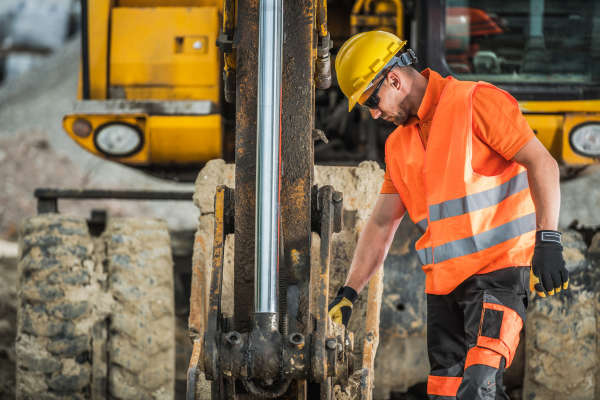
Q: What are the most commonly replaced parts in construction machinery?
A:
- Filters: Air filters, fuel filters, hydraulic filters, and oil filters are all common parts that need to be replaced regularly. These filters help keep dirt and debris out of the engine and other systems, ensuring that the machine runs smoothly. Over time, filters can become clogged and need to be replaced to maintain optimal performance .
- Belts: Belts are used to transfer power from the engine to various systems within the machine. Over time, belts can become worn or damaged and need to be replaced to prevent breakdowns .
- Batteries: Batteries provide power to start the engine and run electrical systems within the machine. Over time, batteries can lose their ability to hold a charge and need to be replaced .
- Hoses: Hoses are used to transfer fluids within the machine. Over time, hoses can become worn or damaged and need to be replaced to prevent leaks .
- Spark Plugs: Spark plugs are used to ignite the fuel in the engine. Over time, spark plugs can become worn or fouled and need to be replaced to maintain optimal engine performance .
Conclusion: Regular maintenance and replacement of worn or damaged parts is essential for keeping construction machinery running smoothly. By replacing common parts such as filters, belts, batteries, hoses, and spark plugs, you can help prevent breakdowns and extend the life of your machine.
Q: How often should these parts be replaced?
A: The frequency at which parts should be replaced in construction machinery varies depending on the part and the machine. Some parts may need to be replaced more frequently than others. It’s important to follow the manufacturer’s recommendations for maintenance and replacement of parts.
In general, it’s a good idea to perform regular maintenance on your construction machinery to identify any parts that may need to be replaced. This can help prevent breakdowns and extend the life of your machine. A general rule of thumb could be monthly maintenance, though this may increase in the event of heavy use.
It’s also important to note that some parts may need to be replaced sooner if they show signs of wear or damage. For example, if you notice that a belt is cracked or frayed, it should be replaced immediately to prevent further damage.
Q: How can I know if these parts need to be replaced?
A: There are several ways to tell if parts in construction machinery need to be replaced. Here are some common signs to look for:
- Visual inspection: Regularly inspecting your machine and its parts can help you identify any signs of wear or damage. For example, if you notice that a belt is cracked or frayed, it should be replaced immediately .
- Decreased performance: If you notice that your machine is not performing as well as it used to, it could be a sign that one or more parts need to be replaced. For example, if the engine is not running smoothly or if the machine is not moving as quickly as it used to, it could be a sign that a part needs to be replaced.
- Unusual noises: If you hear any unusual noises coming from your machine, it could be a sign that something is wrong. For example, if you hear a grinding or squealing noise, it could be a sign that a bearing or belt needs to be replaced.
- Leaks: If you notice any leaks coming from your machine, it could be a sign that a hose or seal needs to be replaced.
Conclusion: It’s important to address any issues as soon as you notice them to prevent further damage and breakdowns.
Q: Where can I buy these parts?
A: Construction machinery parts can be purchased from a variety of sources. Here are some options to consider:
- Manufacturer: You can often purchase parts directly from the manufacturer of your construction machinery. This is a good option if you want to ensure that you’re getting original equipment manufacturer (OEM) parts that are designed specifically for your machine.
- Dealer: Many construction machinery dealers also sell parts. This can be a convenient option if you have a dealer nearby.
- Online: There are many online retailers that sell construction machinery parts. This can be a good option if you’re looking for a specific part and want to compare prices.
- Aftermarket: There are also many companies that sell aftermarket parts for construction machinery. These parts are not made by the original manufacturer but are designed to be compatible with your machine. Aftermarket parts can be less expensive than OEM parts, but it’s important to ensure that they meet the same quality standards.
Conclusion: It’s important to choose a reputable supplier and to ensure that the parts you purchase are of high quality and compatible with your machine.
Q: What are the differences between OEM parts and aftermarket parts?
A: OEM parts are made by the car manufacturer’s factory and tend to fit perfectly. Aftermarket parts are made by third-party companies and can fit various vehicle types. OEM parts are generally more expensive due to dealer markup, while aftermarket parts may be made by the same company as OEM parts but without the markup. Aftermarket parts are safe and regulated by the Certified Automotive Parts Association (CAPA).
Q: How can I replace these parts by myself?
A: Replacing parts in construction machinery can vary in difficulty depending on the part and the machine. Some parts may be relatively easy to replace, while others may require more technical knowledge and expertise.
Here are some general steps to follow when replacing parts in construction machinery:
- Consult the manual: The first step in replacing any part in your construction machinery is to consult the manual. The manual will provide detailed instructions on how to replace the part and any special tools or equipment that may be required.
- Gather the necessary tools and equipment: Make sure you have all the tools and equipment you need before you start. This may include wrenches, screwdrivers, pliers, and other tools.
- Turn off the machine: Before you start replacing any parts, make sure the machine is turned off and disconnected from any power source.
- Remove the old part: Follow the instructions in the manual to remove the old part. Take note of how the part is installed so you can install the new part correctly.
- Install the new part: Install the new part according to the instructions in the manual. Make sure everything is properly aligned and tightened.
- Test the machine: After you’ve installed the new part, turn on the machine and test it to make sure everything is working properly.
Conclusion: If you’re not comfortable replacing parts yourself or if you’re unsure about any of the steps, it’s a good idea to consult a professional.


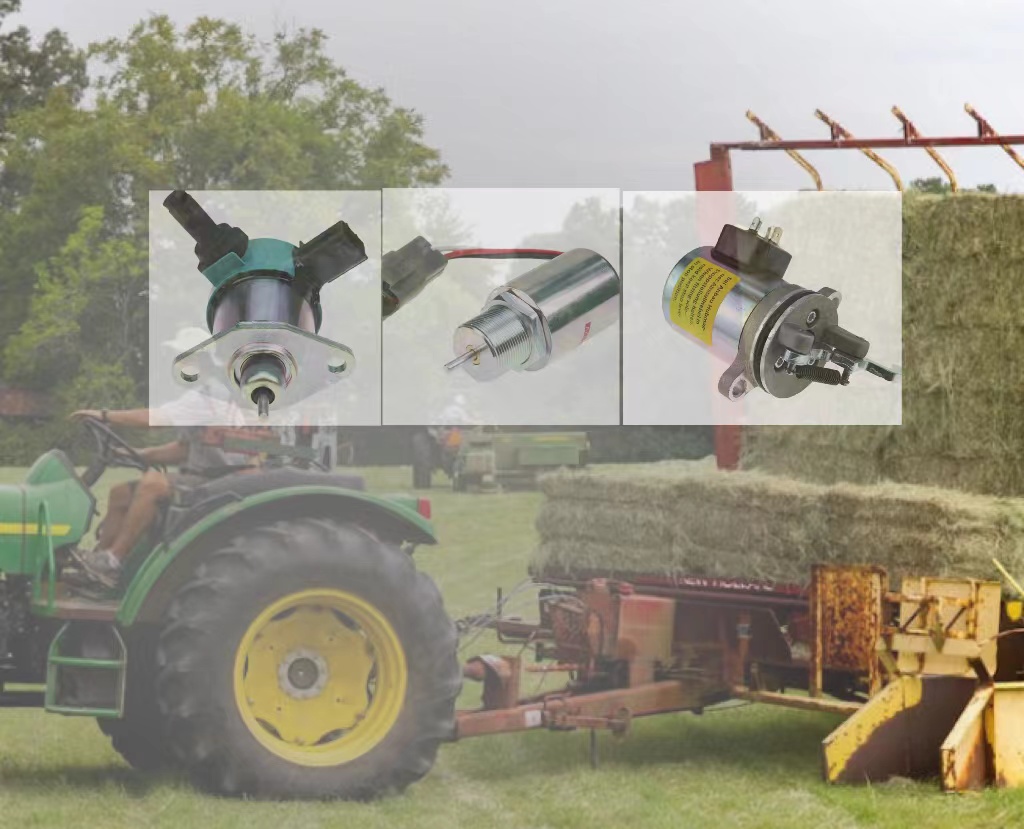
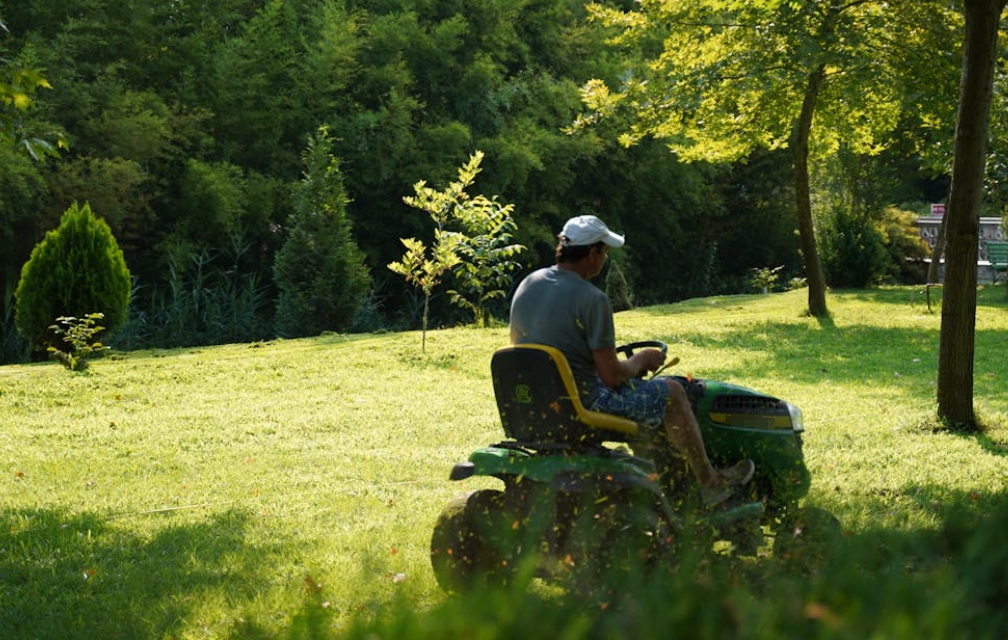

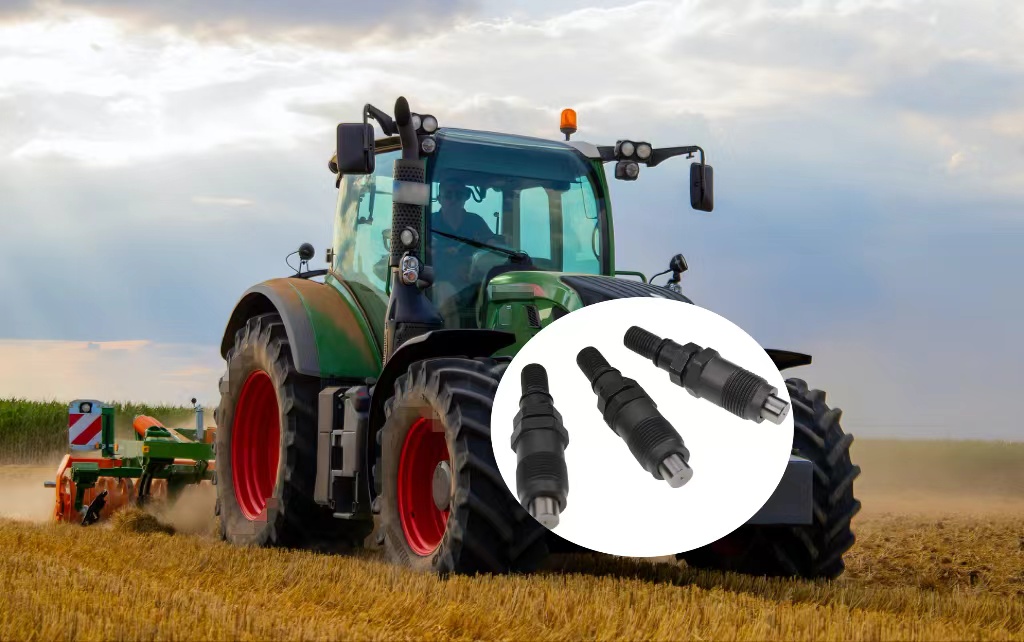
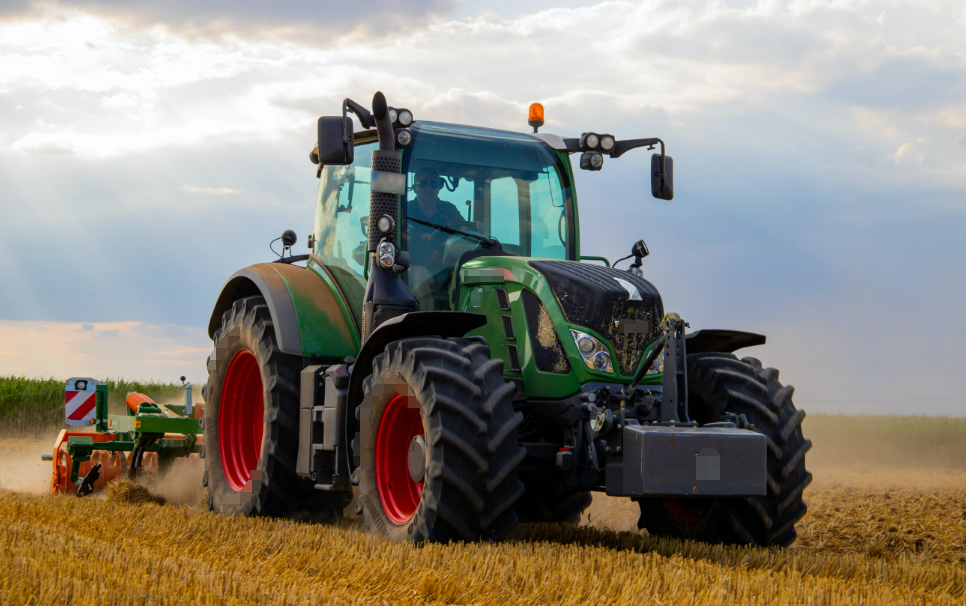
Leave A Comment